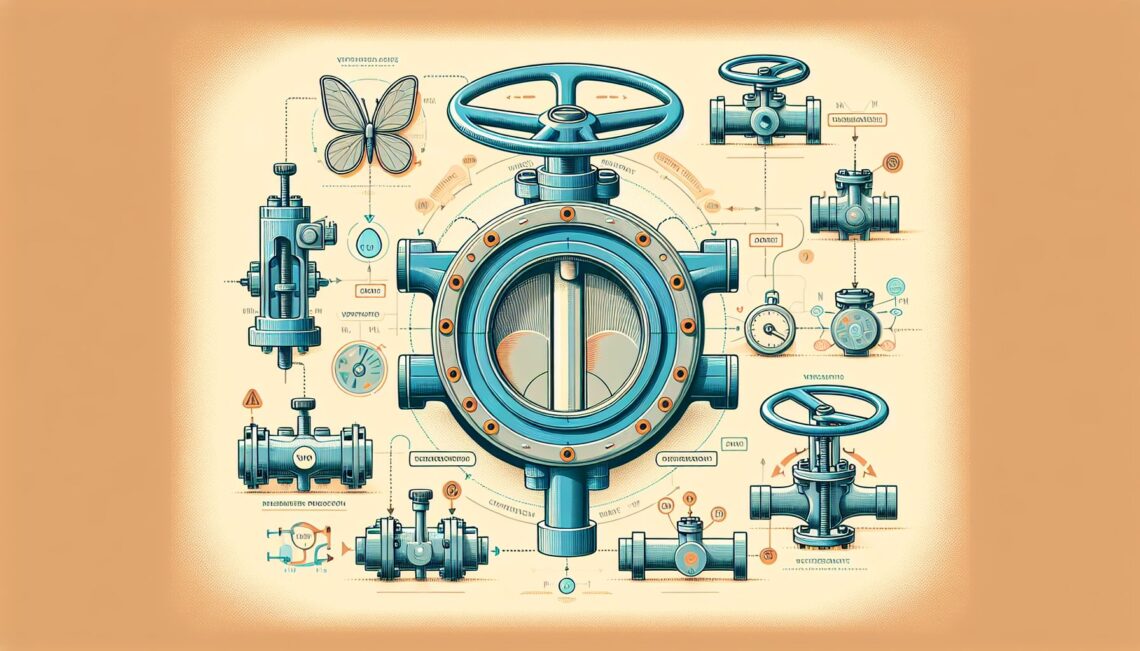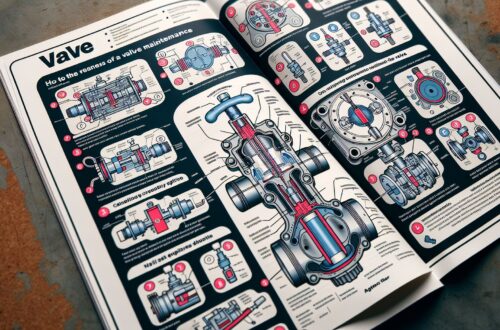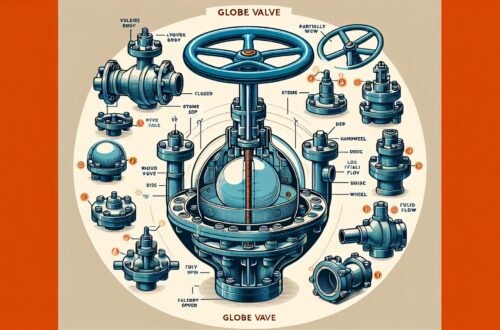
Butterfly Valves: Understanding their Role, Function, and Selection
“Control is power.”, So it goes in the world of flow control. Having the ability to regulate the flow of fluid, be it liquid or gas, is pivotal across many industries, and this power is often vested in the type of valves deployed. Today, let’s explore the world of butterfly valves, a popular device used to interrupt or initiate flow in various applications ranging from domestic water supply to industrial process control.
Butterfly valves, as inconsequential as they may sound, hold a significant place in our daily lives. Have you ever wondered how water is efficiently managed in your high-rise apartments or how fuel flow is controlled in vehicles? The answer lies in these obscure, yet crucial pieces of control equipment.
What is a Butterfly Valve?
The butterfly valve gets its name from the thin metal disc or “butterfly” that’s centrally mounted in the pipe’s interior. This butterfly can rotate 90 degrees, either manually or by actuation, allowing unrestricted flow when it’s aligned in the direction of the flow and halting the flow when it’s perpendicular[^1^].
These types of valves are highly desirable due to their cost-effectiveness, lightweight design, and fast-acting nature, making them ideal for numerous applications that require both on-off and throttling services[^2^].
Types of Butterfly Valves
There are several types of butterfly valves, each suitable for different pressure ratings and usage. The most common ones include:
-
Concentric Butterfly Valves: The most common type, featuring a simple design with a resilient rubber seat and disk that rotates around the center axis.
-
Double-offset or High-performance Butterfly Valives: The stem is offset from the center of the disk, reducing wear and tear on the seat and extending the valve’s lifespan.
-
Triple-offset Butterfly Valves: The seat and disk are both offset, virtually eliminating wear, ideal for high-pressure, high-temperature, and corrosive applications[^3^].
Selecting the Right Butterfly Valve
When it comes to selecting butterfly valves, it’s crucial to consider the following factors.
Materials: The material of the valve should be compatible with the type of fluid it will be controlling. For example, if the valve will be handling corrosive substances, it should be made of corrosion-resistant material.
Operating Parameters: This includes the maximum and minimum pressure and temperature of the applied fluid you’ll be dealing with. This will guide in choosing the right valve that can withstand those conditions.
Connectivity: The valve should easily connect with the existing piping system. Therefore, the valve end connections must be compatible with the pipe fittings.
Operation: Decide whether you need a manual or actuator-operated valve depending on your specific application and workflow convenience.
Certification and Standards: Ensure the valve meets the industry and safety standards, which can vary depending on the location, industry, and application[^2^].
In conclusion, butterfly valves are crucial components of various systems across an array of industries, from water distribution networks to process control industries and HVAC systems. Understanding their structure, function, types, and selection criteria is key to ensuring efficient flow control and durability in different applications.
So the next time you marvel at the regulated water flow in your home, or the throttled fuel supply in your vehicle, remember, there’s a high chance that a humble butterfly valve is enjoying its moment in the limelight, quietly yet significantly contributing to your everyday life.
[^1^]: Valtorc International (n.d.). “What is a Butterfly Valve?”. https://valtorc.com/butterfly-valves.asp
[^2^]: Zimco Instrumentation Inc (2021). “How To Select The Right Butterfly Valve”. https://www.zimco.ca/select-right-butterfly-valve/
[^3^]: Industrial Specialties Mfg. (n.d.). “Understanding Butterfly Valves”. https://www.industrialspec.com/resources/butterfly-valves-understanding/




